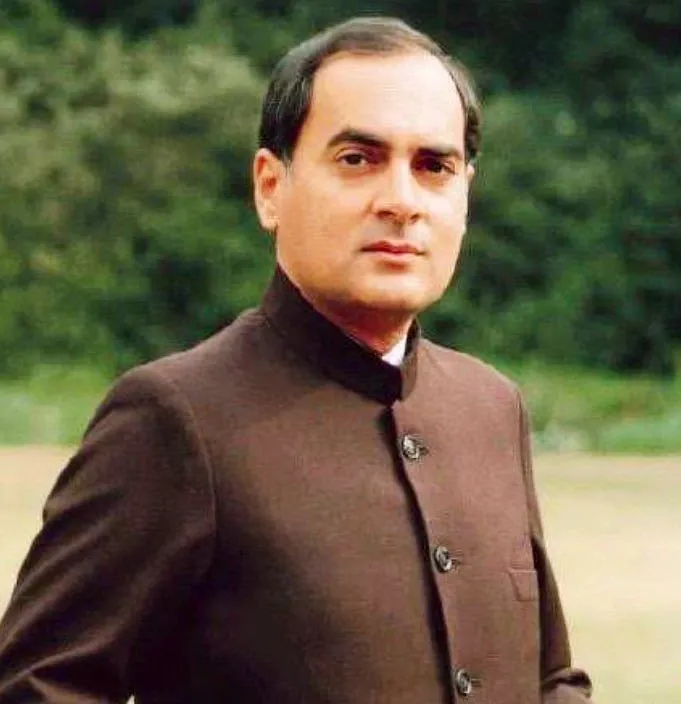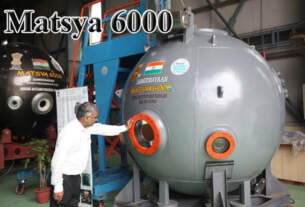In the annals of Indian history, few figures have evoked such a mix of admiration and controversy as Rajiv Gandhi. From his unassuming beginnings as a commercial pilot to his meteoric rise as the reluctant Prime Minister of India, his life story is a roller coaster of shocking twists, unexpected tragedies, and high-stakes political drama. Join us as we delve into the captivating tale of a man who transformed from an ordinary individual to a pivotal player on the world stage. Brace yourself for a journey filled with digital revolutions, political turmoil, and heart-wrenching events that continue to leave a profound impact even today. Get ready to be hooked on the incredible narrative of Rajiv Gandhi’s life that will leave you astounded and intrigued at every turn!”
- Entry into Politics: Rajiv Gandhi initially showed little interest in politics. He was a commercial pilot for Indian Airlines before his younger brother Sanjay Gandhi’s tragic death in a plane crash in 1980. Following this, he was persuaded by his mother, Prime Minister Indira Gandhi, to enter politics and help his mother manage his brother’s political constituency.
- Becoming Prime Minister: Rajiv Gandhi was unexpectedly thrust into the political limelight after his mother’s assassination in 1984. He was sworn in as the Prime Minister of India within hours of her death, despite having limited political experience.
- Digital Revolution: Rajiv Gandhi is often credited with initiating the digital revolution in India. He emphasized the importance of technology and computerization, which led to the establishment of the Center for Development of Advanced Computing (C-DAC) and the introduction of computers in government offices.
- Operation Blue Star: One of the most controversial events during Rajiv Gandhi’s tenure was the military operation to flush out Sikh militants from the Golden Temple in Amritsar in 1984. The operation, codenamed “Operation Blue Star,” aimed to restore law and order, but it resulted in significant damage to the temple and further fueled tensions between the Sikh community and the government.
- 1984 Anti-Sikh Riots: After the assassination of Indira Gandhi by her Sikh bodyguards, anti-Sikh riots erupted in Delhi and other parts of the country. Thousands of Sikhs were killed in the violence. The government’s handling of the situation and allegations of complicity led to criticism of Rajiv Gandhi’s leadership.
- Defection of Aaya Rams and Gaya Rams: Rajiv Gandhi faced a significant political challenge when several members of his own party, the Indian National Congress, engaged in a series of defections known as the “Aaya Rams and Gaya Rams” phenomenon. This term referred to politicians who switched allegiances for personal gain, leading to instability in state governments.
- Bofors Scandal: The Bofors scandal was a major corruption scandal that rocked Rajiv Gandhi’s government. Allegations of kickbacks in a defense deal with the Swedish company Bofors led to a political uproar and damaged the image of his government.
- Assassination: Tragically, Rajiv Gandhi’s life was cut short when he was assassinated in 1991 during a political rally in Sriperumbudur, Tamil Nadu. He was killed by a suicide bomber from the Liberation Tigers of Tamil Eelam (LTTE), a separatist militant organization from Sri Lanka.
These incidents provide a glimpse into the complex and eventful life of Rajiv Gandhi, who played a significant role in shaping India’s political landscape during his time as Prime Minister.
# Bhalakatha





